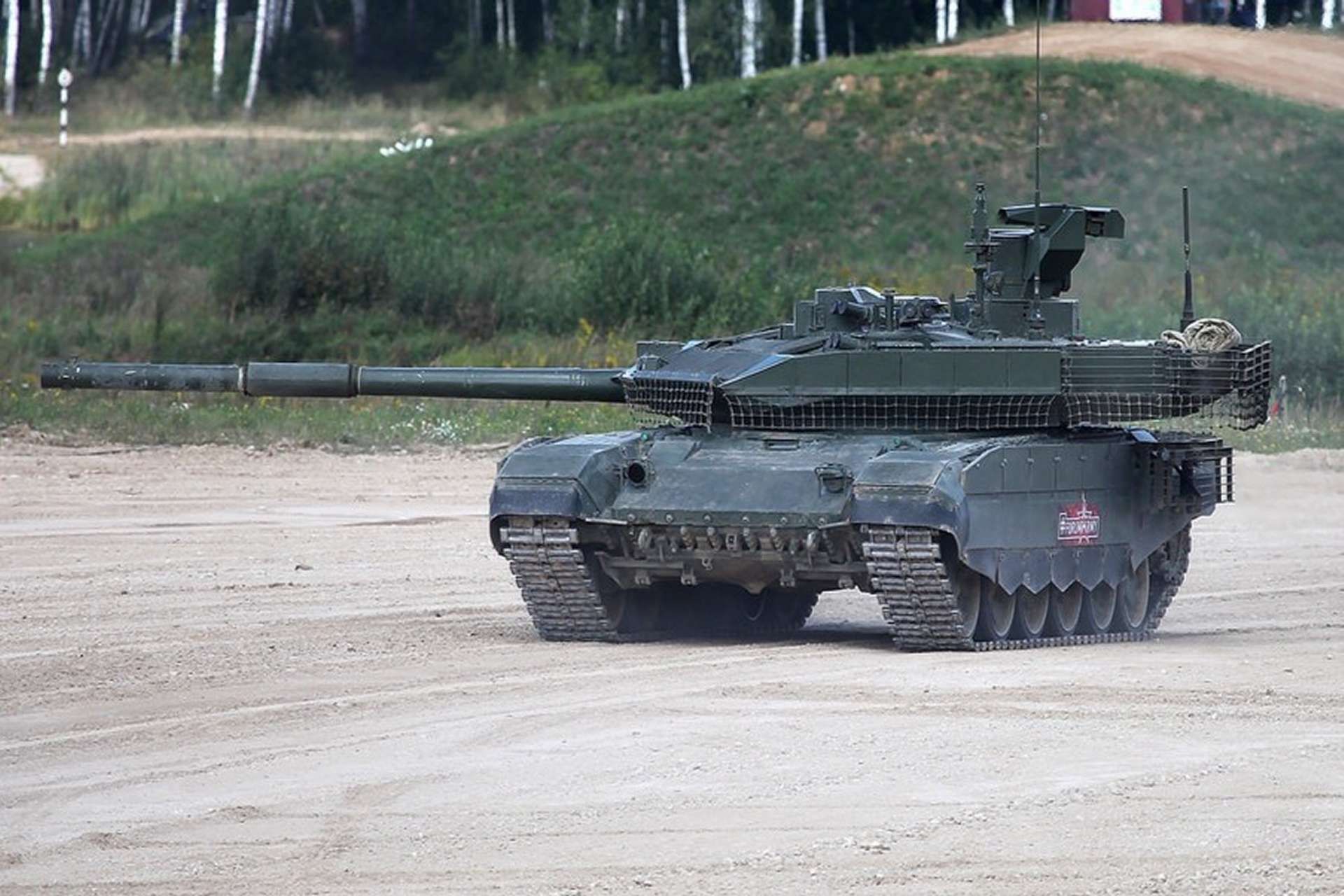Breaking News
Alert: Russia Intensifies T-90M Tank Production Despite Western Sanctions.
On June 20, 2025, Russia's state-owned manufacturer Uralvagonzavod significantly intensified the mass production of its T-90M Proryv main battle tank, signaling a transformative acceleration in Russia's strategic capacity for prolonged land warfare. Based on findings from the latest Conflict Intelligence Team (CIT) report, the analysis reveals that production of the T-90M has tripled compared to 2020-2021 levels and could reach 1,000 units annually by 2028. This development comes amid the depletion of Russia's legacy tank reserves and highlights a structural shift in Moscow's approach to sustaining frontline armored formations during the ongoing war in Ukraine.
Follow Army Recognition on Google News at this link

Russia's accelerated production of the T-90M Proryv reflects a long-term strategic recalibration in response to battlefield attrition, industrial bottlenecks, and international isolation (Picture source: Vitaly Kuzmin)
The T-90M "Proryv" represents the most modernized iteration of the T-90 series, offering substantial upgrades over its predecessors. Designed for high-intensity engagements, it features a newly designed turret with multilayer armor, Relikt explosive reactive armor (ERA), anti-drone screens, and a diesel engine generating 1,130 horsepower. The tank retains the advanced Sosna-U gunner sight, despite sanctions-induced limitations that have affected other Russian models. The T-90M also integrates a digital fire control system and enhanced situational awareness tools, positioning it as Russia's most capable armored platform currently in serial production.
The development trajectory of the T-90M has been shaped by both urgency and adaptation. Prior to 2022, Russia had deployed around 400 T-90 tanks of earlier variants. Full-scale T-90M production began in 2020, with an initial batch of 66 to 85 tanks delivered by the outset of the Ukraine invasion. Production surged thereafter: 60–70 units in 2022, 140–180 in 2023, and up to 300 projected for 2024. CIT confirms these figures through satellite imagery, open-source data, and procurement tenders indicating Uralvagonzavod's shift to a 24-hour work cycle. Contracts signed in 2020–2021 secured at least 160 T-90M units, including both new and upgraded tanks. A notable portion of these efforts now focus exclusively on new builds as the T-90A pool is depleted.
Compared to NATO main battle tanks like the Leopard 2A6 or the M1A2 Abrams, the T-90M offers less armor protection but compensates with agility, electronic countermeasures, and simplified maintenance. Its cost-efficiency and production scalability are key advantages. Unlike the complex and expensive Armata platform, the T-90M is built on proven engineering, making it easier to scale under wartime pressures. Historically, this mirrors Soviet Cold War doctrine that prioritized mass over individual unit supremacy, a principle revived under current geopolitical constraints.
Strategically, the implications of Russia's T-90M surge are manifold. The expansion reflects Moscow's intent to stabilize its armored forces in the face of battlefield attrition, with over 3,000 Russian tanks reportedly lost since 2022. Unlike the T-80BVM, whose gas turbine engine is less suited for mass production, the diesel-powered T-90M aligns better with Russia's industrial logistics. For Ukraine and NATO, this marks a sobering challenge: while Western tank deliveries have remained limited in scale and often delayed, Russia is on course to rebuild its armored punch with domestic capacity alone. Should battlefield losses decrease, Russia could field a growing armored force despite sanctions.
Russia's accelerated production of the T-90M Proryv reflects a long-term strategic recalibration in response to battlefield attrition, industrial bottlenecks, and international isolation. With Uralvagonzavod operating near full capacity and additional tenders underway to expand manufacturing infrastructure, Moscow appears committed to sustaining its heavy armor capabilities well into the next decade. For NATO and Ukraine, this development raises critical questions about armored warfare readiness, deterrence postures, and the future of defense industrial competition.


























